Redwood Trust Inc
Latest Redwood Trust Inc News and Updates
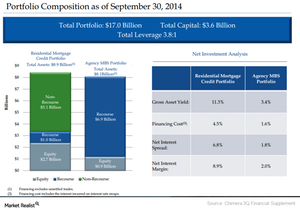
Chimera posts growth in third quarter profit and interest income
Chimera’s core earnings grew to $116 million compared to $93 million in the year-ago period. Growth was mainly due to an increase in net interest income.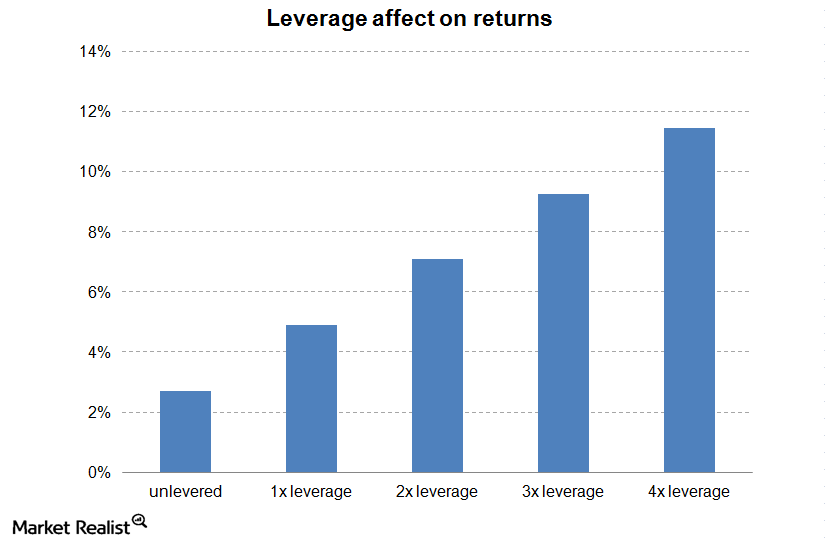
Leverage and mortgage REITs – Part 2
Leverage and Mortgage REITs – Part 1 How a mortgage REIT typically does it Most mortgage REITs use repurchase agreements to fund their balance sheet. A repurchase agreement (repo) is basically a secured loan. The REIT will pledge the mortgage backed securities they just bought as collateral for a loan. It is actually an agreement […]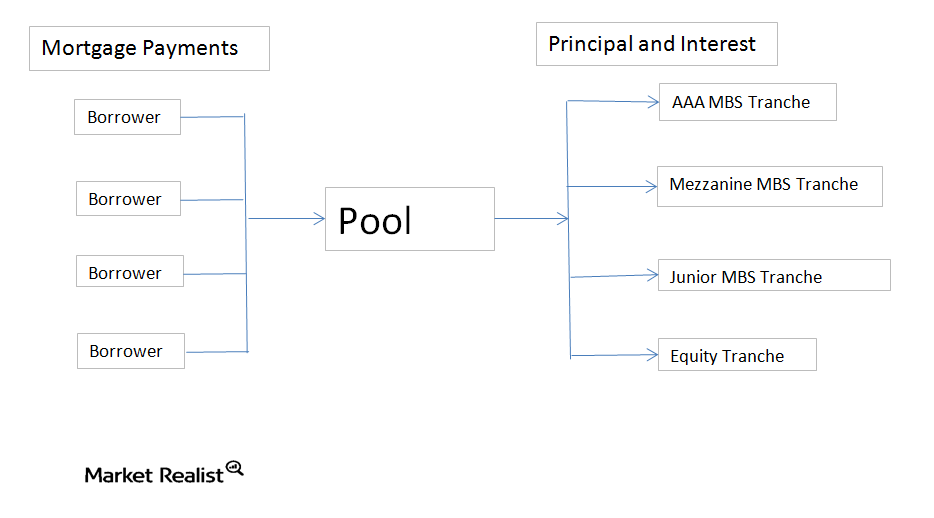
Primer on mortgage backed securities, Part 1
What are mortgage backed securities? Mortgage backed securities are pools of individual mortgages that have similar characteristics. They allow a relatively illiquid asset (an individual home mortgage) to be converted into a very liquid asset that can be traded with relative ease. They also allow an issuer to divide up the cash flows in order […]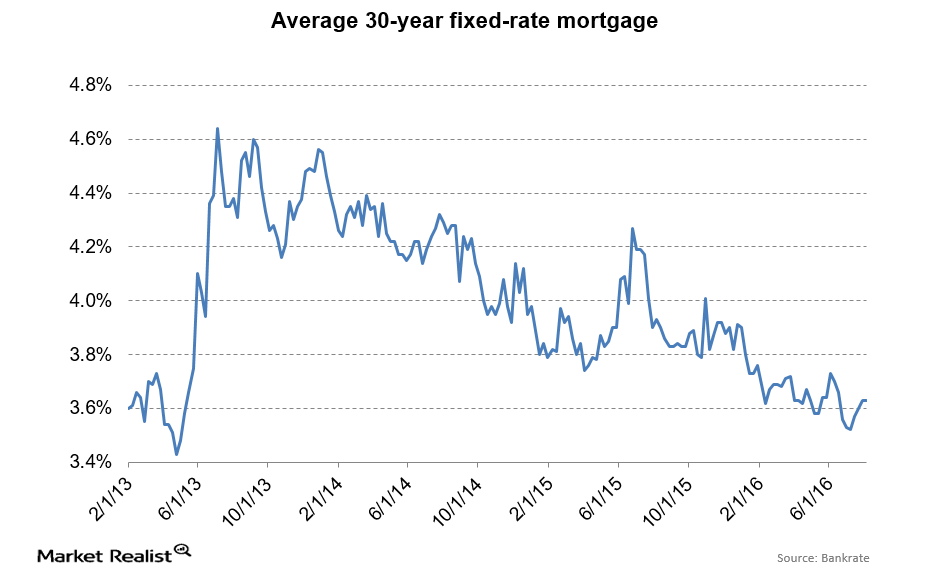
Mortgage Rates Didn’t Move despite a Volatile Bond Market
Lately, mortgage rates and bond yields have shown a weak correlation. Treasury yields have fallen in the past month, while mortgage rates have been steady.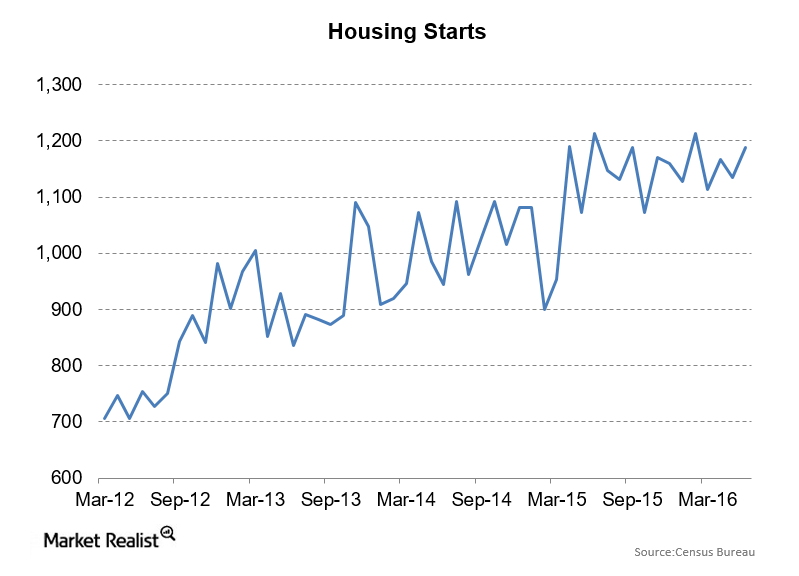
Why Do Housing Starts Remain Muted?
Housing starts and building permits came in around 1.2 million—towards the top end of a narrow range over the past year.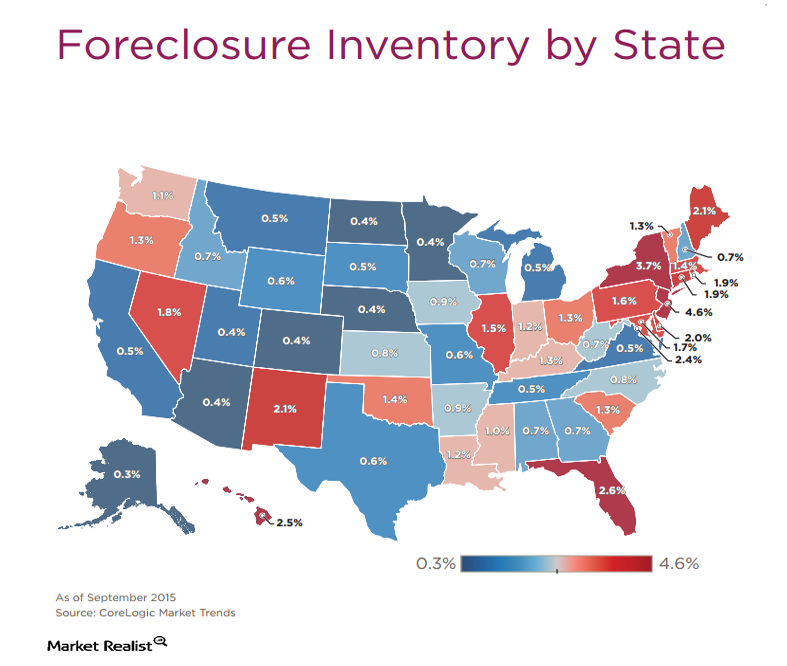
Why Home Price Appreciation Differs from State to State
In the judicial states, particularly New York, New Jersey, and Connecticut, we’re seeing much lower home price appreciation.
